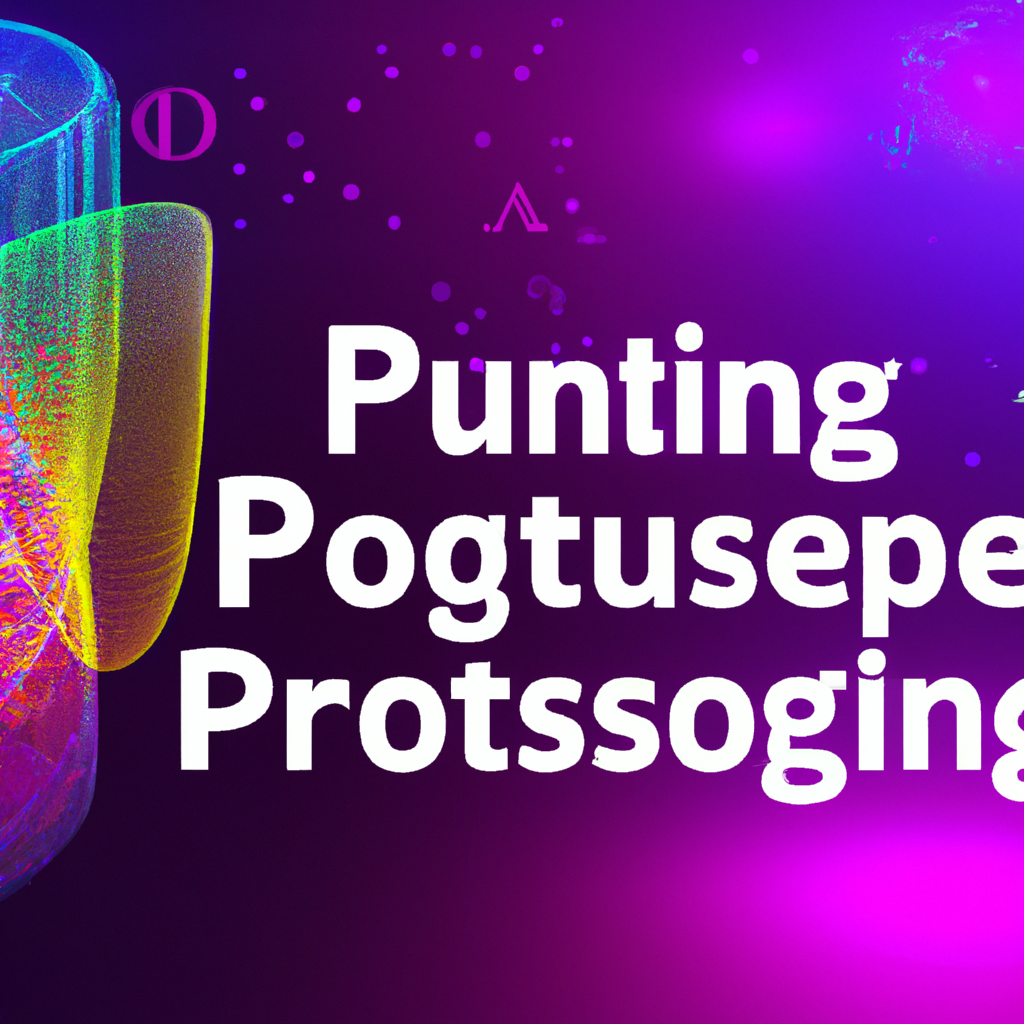Exploring the Potential of Natural Language Processing in Virtual Assistants
Table of Contents
Exploring the Potential of Natural Language Processing in Virtual Assistants
# Introduction
In recent years, virtual assistants have become an integral part of our daily lives. From Siri to Alexa, these virtual companions have revolutionized the way we interact with technology and have paved the way for a new era of human-computer interaction. At the heart of these virtual assistants lies the power of Natural Language Processing (NLP), a field within computer science that focuses on the interaction between computers and human language. In this article, we will delve into the potential of NLP in virtual assistants and explore how this technology has evolved over time.
# The Evolution of Virtual Assistants
Virtual assistants have come a long way since their inception. Initially, they were limited to performing simple tasks such as setting alarms or providing weather updates. However, advancements in NLP have expanded their capabilities, allowing them to understand and respond to more complex queries. Today, virtual assistants can perform a wide range of tasks, including making phone calls, booking appointments, and even engaging in natural, human-like conversations.
# The Role of Natural Language Processing
Natural Language Processing plays a crucial role in the development of virtual assistants. It enables these intelligent systems to understand and interpret human language, making them more intuitive and user-friendly. NLP encompasses various subfields, including syntax analysis, semantic analysis, and discourse processing, all of which contribute to the overall functionality of virtual assistants.
## Syntax Analysis: Unlocking the Structure of Language
Syntax analysis in NLP focuses on the grammatical structure of sentences. By analyzing the arrangement of words and phrases, virtual assistants can identify the subject, verb, and object in a sentence, allowing them to understand the intended meaning. This analysis involves parsing the sentence and building a syntactic tree, which represents the hierarchical structure of the sentence. By utilizing syntax analysis, virtual assistants can accurately identify the command or question being asked and provide an appropriate response.
## Semantic Analysis: Unraveling the Meaning of Language
While syntax analysis deals with the structure of language, semantic analysis focuses on understanding the meaning behind the words. This involves extracting the underlying concepts and relationships within a sentence. For instance, if a user asks a virtual assistant, “What is the weather like today?” the system needs to understand that the user is asking for the current weather conditions. Semantic analysis enables virtual assistants to grasp the intended meaning and provide relevant information.
## Discourse Processing: Understanding Context
Discourse processing takes NLP a step further by considering the broader context of a conversation. It involves analyzing the flow of conversation, understanding references, and maintaining coherence. For example, if a user asks a virtual assistant, “What is the capital of France?” and then follows up with, “How is the weather there?”, the virtual assistant needs to understand that “there” refers to Paris, the capital of France. Discourse processing allows virtual assistants to maintain context and provide accurate responses.
# Challenges in Natural Language Processing
While NLP has made significant strides in enhancing virtual assistants, several challenges still need to be addressed. One of the major challenges is the ambiguity of human language. Words and phrases can have multiple meanings depending on the context, making it difficult for virtual assistants to accurately interpret user queries. Additionally, understanding sarcasm, humor, and idiomatic expressions remains a challenge for NLP systems. Overcoming these challenges requires further research and advancements in NLP algorithms.
# The Future of Natural Language Processing in Virtual Assistants
As NLP continues to evolve, the potential of virtual assistants is expected to grow exponentially. Future advancements in this field may include more sophisticated language modeling, allowing virtual assistants to generate human-like responses. Additionally, integrating machine learning techniques with NLP can enable virtual assistants to learn from user interactions and personalize their responses over time. This would create a more personalized and tailored user experience.
Moreover, the integration of NLP with other emerging technologies such as machine vision and robotics can further enhance the capabilities of virtual assistants. For example, a virtual assistant equipped with machine vision capabilities could assist users in identifying objects or navigating their surroundings. Such advancements would not only revolutionize the way we interact with technology but also open up new possibilities in various industries, including healthcare, education, and customer service.
# Conclusion
Natural Language Processing has undoubtedly played a pivotal role in the development of virtual assistants. By enabling machines to understand and interpret human language, NLP has transformed the way we interact with technology. Through syntax analysis, semantic analysis, and discourse processing, virtual assistants can accurately understand user queries and provide relevant responses. While challenges remain, the future of NLP in virtual assistants holds immense potential. As research and advancements in this field continue, we can expect virtual assistants to become even more intelligent, intuitive, and personalized, ultimately enhancing our daily lives.
# Conclusion
That its folks! Thank you for following up until here, and if you have any question or just want to chat, send me a message on GitHub of this project or an email. Am I doing it right?
https://github.com/lbenicio.github.io

